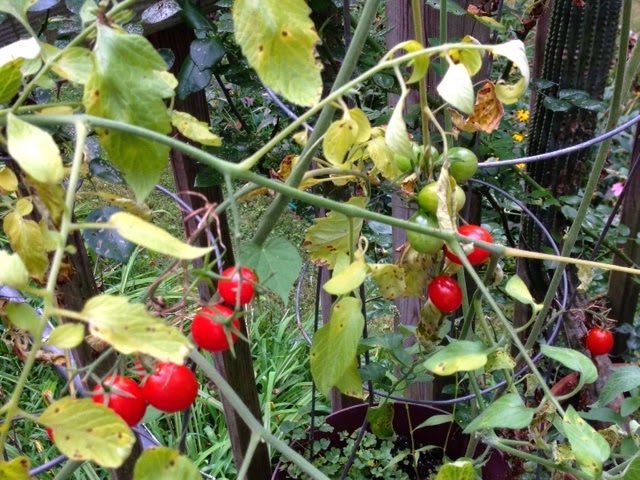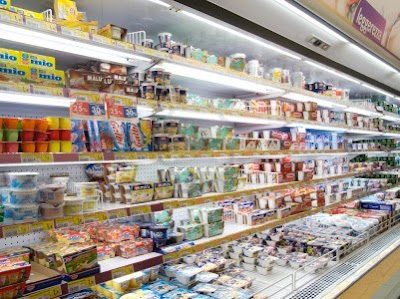A Fruitful Walk
Over the weekend — dodging raindrops — I strolled over to Franklin Farm, through the meadow, past the pond and along West Ox Road, where I re-entered my neighborhood for the final run home.
There’s a shortcut I take sometimes and as I was angling off the main road I noticed blackberries growing wild beside the path. The community meadow used to be full of berries, and I would brave the prickles and poison ivy every year to glean enough fruit to bake a pie.
This year I had no bag or bucket, only my hand, but I gathered enough berries to dress up the fruit bowl and add a tart flavor to the mix.
I walk for exercise and reflection; I do not walk to eat. But picking these berries reminded me that there was once a greater purpose to movement, that to stay alive meant being able to pack up and walk to the nearest watering hole or hunting ground.
It was a fruitful walk.


